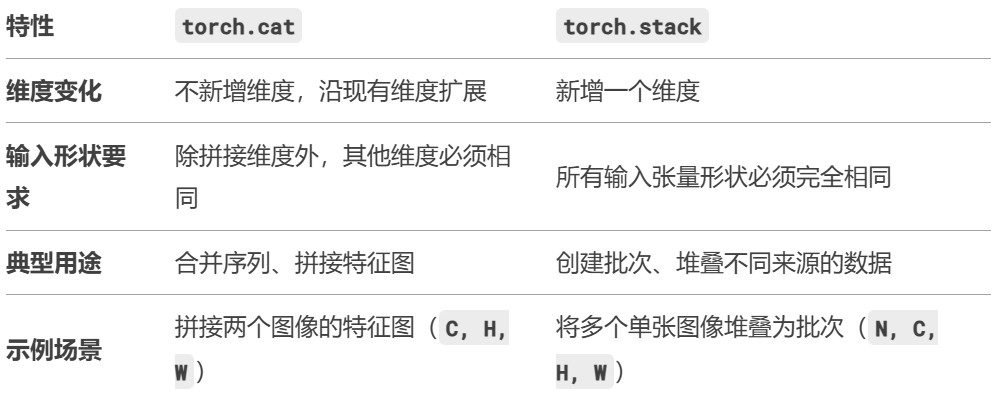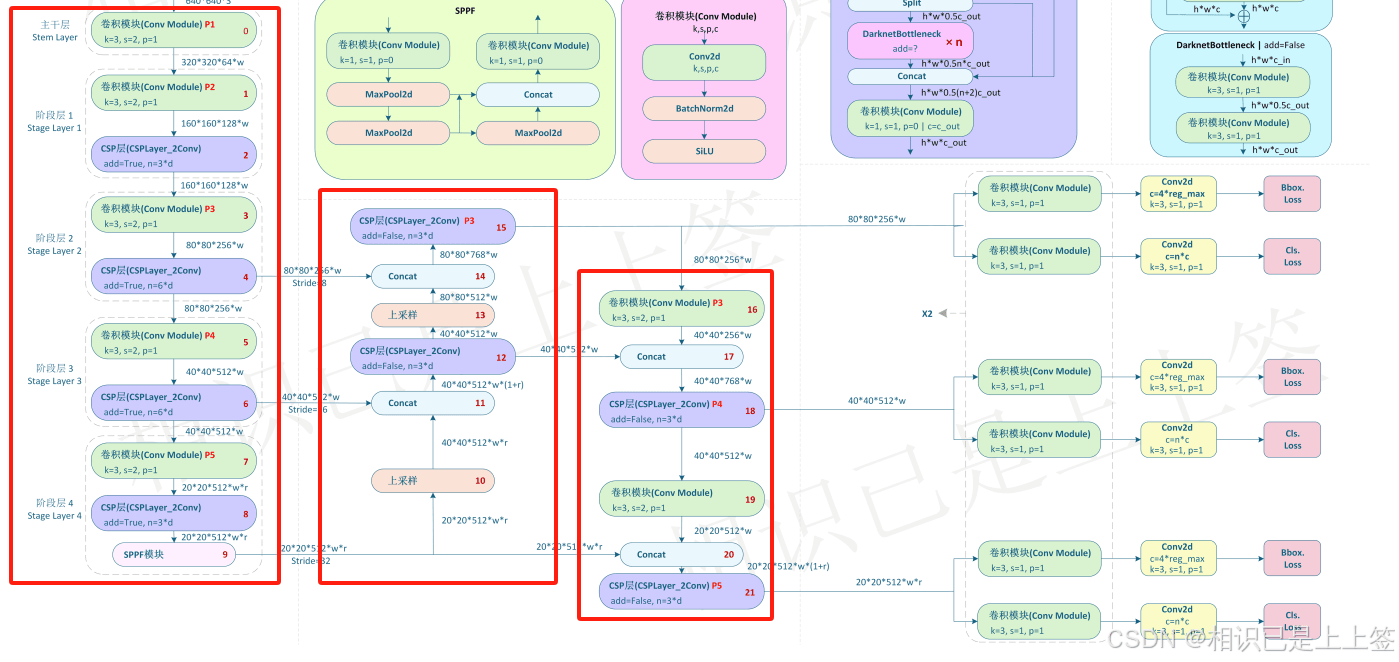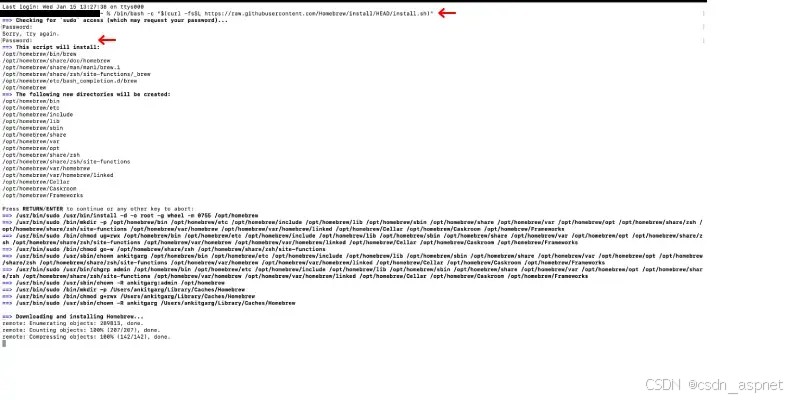1 pytorch保存模型的两种方式
1.1 直接保存模型并读取
|
1 2 3 4 5 6 7 |
# 创建你的模型实例对象: model model = net() ## 保存模型 torch.save(model, 'model_name.pth')
## 读取模型 model = torch.load('model_name.pth') |
1.2 只保存模型中的参数并读取
|
1 2 3 4 5 6 7 |
## 保存模型 torch.save({'model': model.state_dict()}, 'model_name.pth')
## 读取模型 model = net() state_dict = torch.load('model_name.pth') model.load_state_dict(state_dict['model']) |
- 第一种方法可以直接保存模型,加载模型的时候直接把读取的模型给一个参数就行。
- 第二种方法则只是保存参数,在读取模型参数前要先定义一个模型(模型必须与原模型相同的构造),然后对这个模型导入参数。虽然麻烦,但是可以同时保存多个模型的参数,而第一种方法则不能,而且第一种方法有时不能保证模型的相同性(你读取的模型并不是你想要的)。
如何保存模型决定了如何读取模型,一般来选择第二种来保存和读取。
2 GPU / CPU模型相互加载
2.1 单个CPU和单个GPU模型加载
pytorch 允许把在GPU上训练的模型加载到CPU上,也允许把在CPU上训练的模型加载到GPU上。
加载模型参数的时候,在GPU和CPU训练的模型是不一样的,这两种模型是不能混为一谈的,下面分情况进行操作说明。
情况一:CPU -> CPU, GPU -> GPU
- GPU训练的模型,在GPU上使用;
- CPU训练的模型,在CPU上使用,
这种情况下我们都只用直接用下面的语句即可:
|
1 |
torch.load('model_dict.pth') |
情况二:GPU -> CPG/GPU
GPU训练的模型,不知道放在CPU还是GPU运行,两种情况都要考虑
|
1 2 3 4 5 6 7 8 9 10 11 12 13 14 15 16 17 18 19 20 |
import torch from torchvision import models
# 加载预训练的GPU模型权重文件 weights_path = 'model_gpu.pth'
# 定义一个与原模型结构相同的新模型 model = models.resnet50()
# 检查是否有可用的CUDA设备 device = torch.device('cuda' if torch.cuda.is_available() else 'cpu')
# 将权重映射到相应的设备内存并加载到模型中 weights = torch.load(weights_path, map_location=device) model.load_state_dict(weights)
# 设置为评估模式 model.eval()
print("Model is successfully loaded and can be used on a", device.type, "!") |
情况三:CPU -> CPG/GPU
模型是在CPU上训练的,但不确定要在CPU还是GPU上运行时,两种情况都要考虑
|
1 2 3 4 5 6 7 8 9 10 11 12 13 14 15 16 17 18 19 20 21 22 23 24 25 |
import torch from torchvision import models
# 加载预训练的CPU模型权重文件 weights_path = 'model_cpu.pth'
# 定义一个与原模型结构相同的新模型 model = models.resnet50()
# 检查是否有可用的CUDA设备 device = torch.device('cuda' if torch.cuda.is_available() else 'cpu')
# 将权重映射到相应的设备内存并加载到模型中 if device.type == 'cuda': model.to(device) weights = torch.load(weights_path, map_location=device) else: weights = torch.load(weights_path, map_location='cpu')
model.load_state_dict(weights)
# 设置为评估模式 model.eval()
print("Model is successfully loaded and can be used on a", device.type, "!") |



